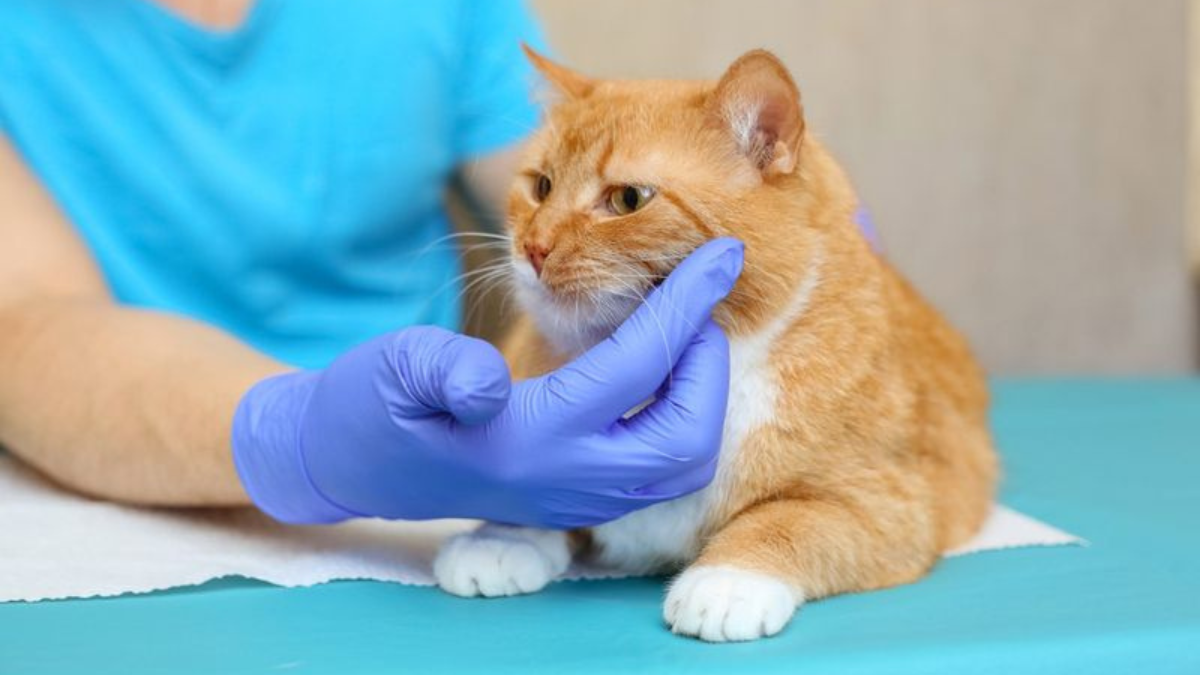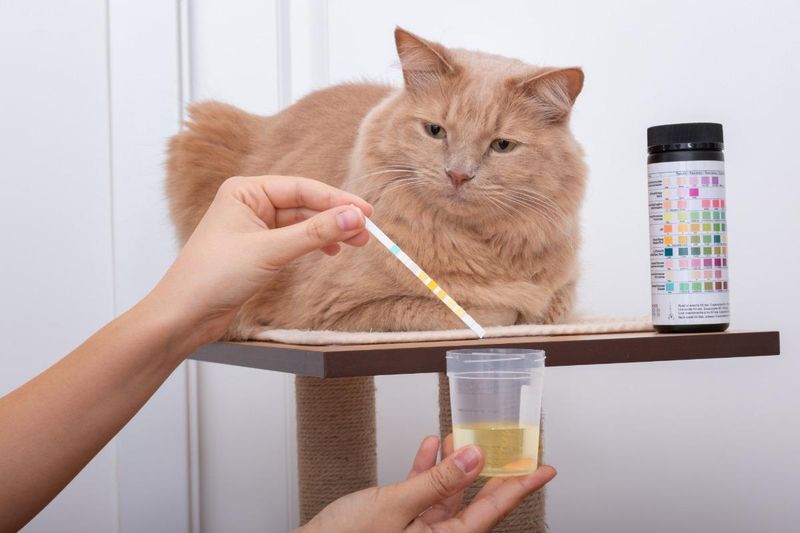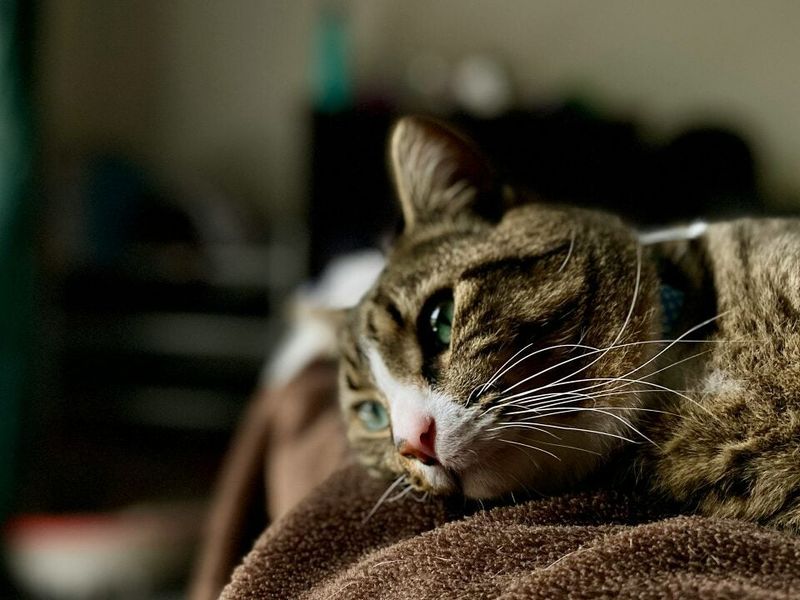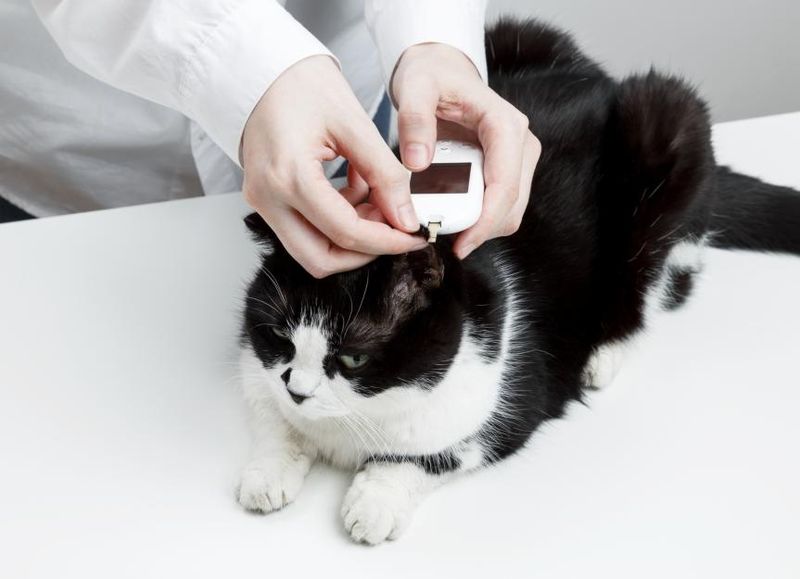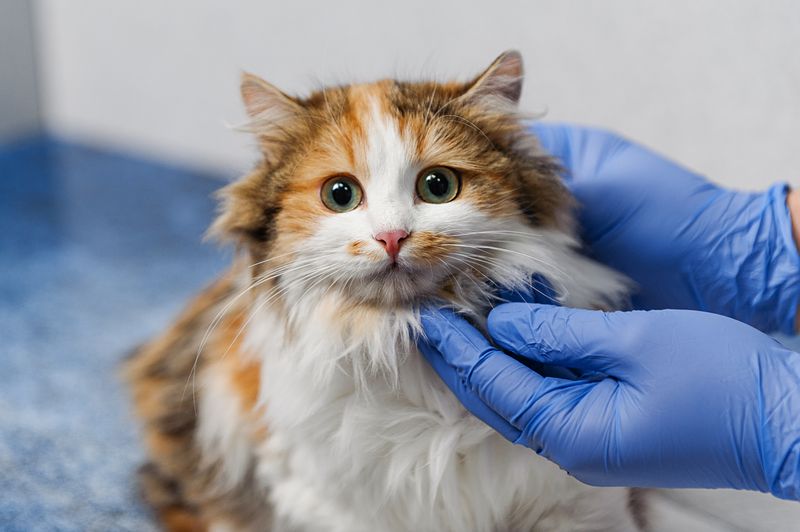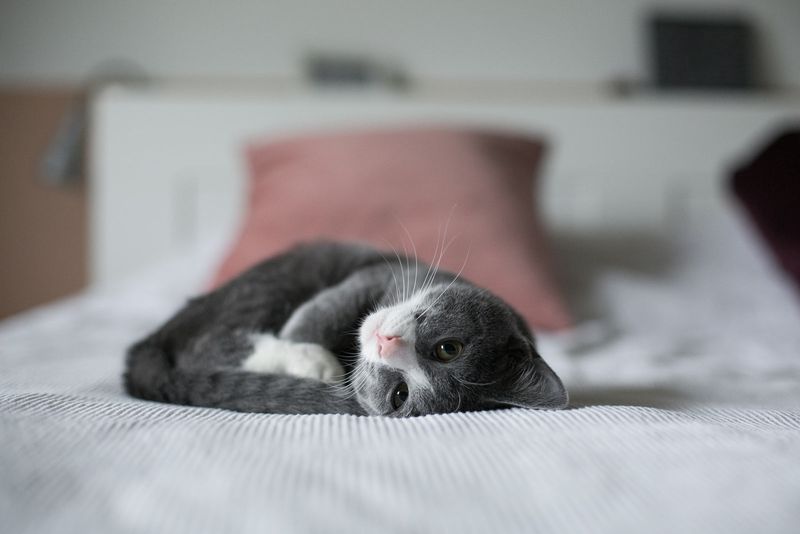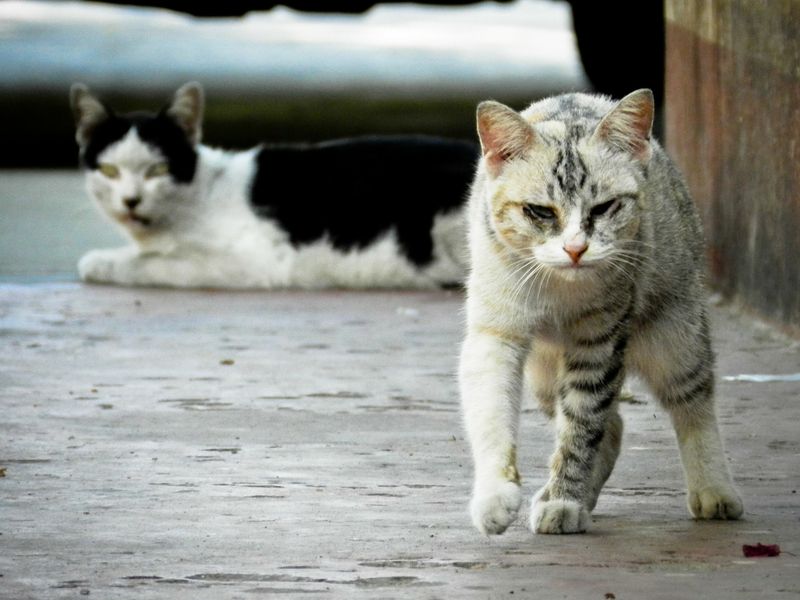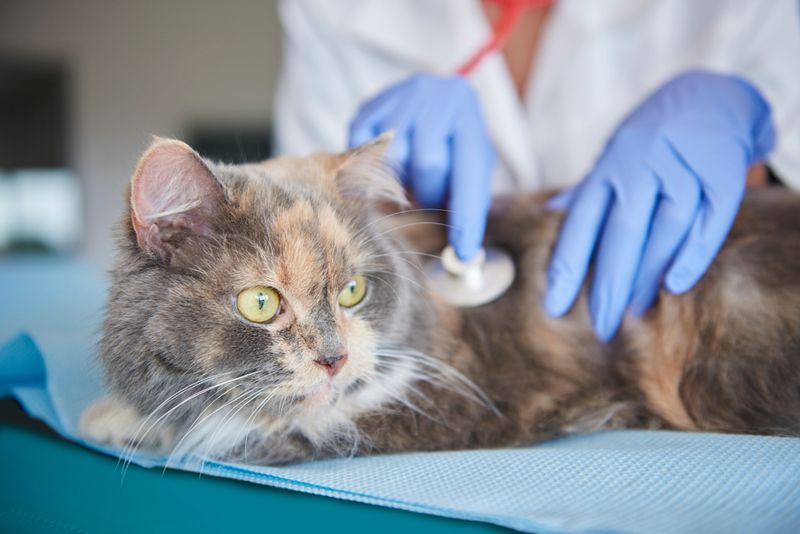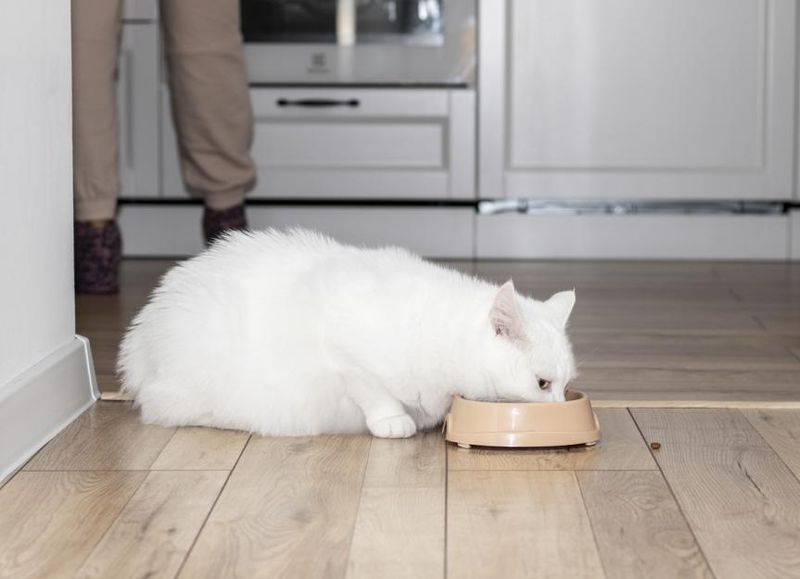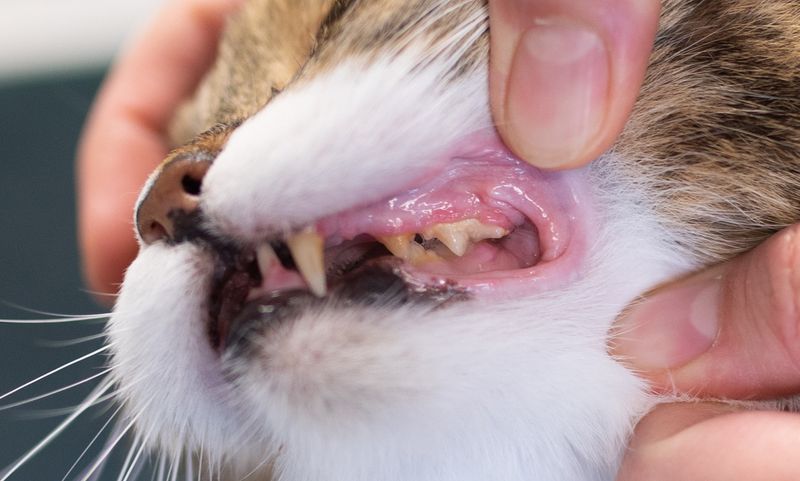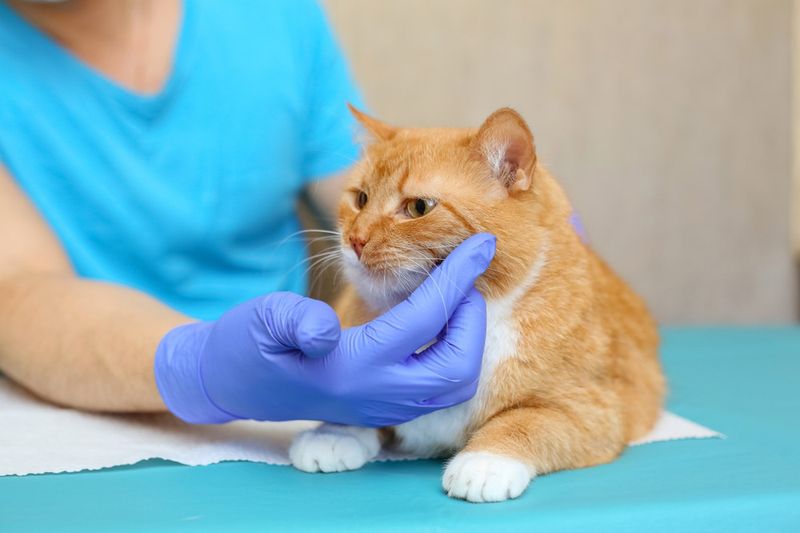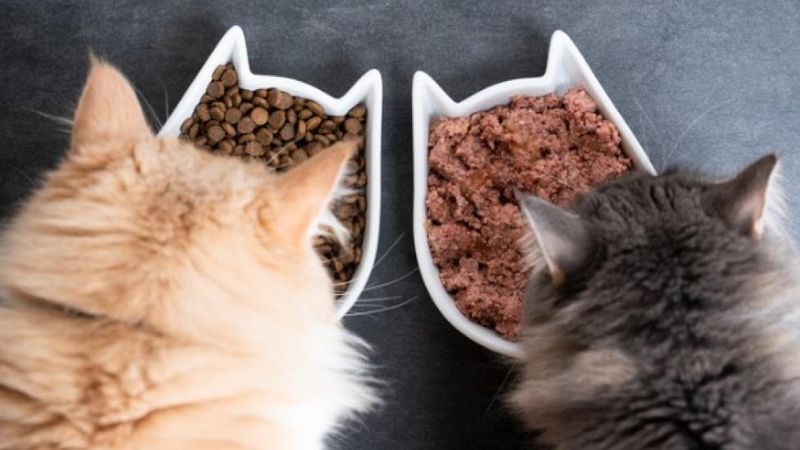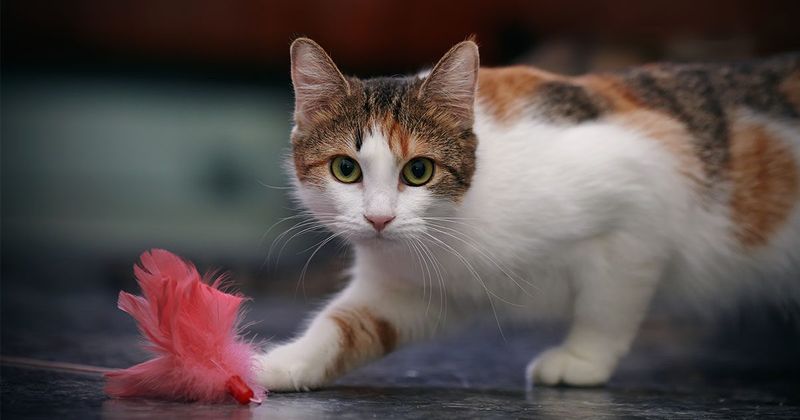📖 Table of Content:
- 1. Feline Lower Urinary Tract Disease (FLUTD)
- 2. Chronic Kidney Disease
- 3. Diabetes Mellitus
- 4. Hyperthyroidism
- 5. Feline Infectious Peritonitis (FIP)
- 6. Feline Leukemia Virus (FeLV)
- 7. Feline Immunodeficiency Virus (FIV)
- 8. Obesity
- 9. Dental Disease
- 1. Regular Veterinary Check-ups
- 2. Monitoring Behavioral Changes
- 3. Maintaining a Healthy Diet
- 4. Engaging in Play and Exercise
- 5. Providing a Stress-Free Environment
Cats are known for their independent and sometimes enigmatic nature, often concealing any signs of discomfort. Their ability to mask pain makes it difficult for owners to notice when something is wrong. Understanding common health issues is essential for ensuring their well-being and longevity.
Recognizing the subtle signs of illness is key to providing prompt care. Cats may not show obvious symptoms right away, but behavioral shifts or changes in their routine can be early indicators. Being attuned to these signals can make a significant difference in maintaining their health.
By staying informed about potential health concerns, pet owners can take proactive measures to safeguard their cat’s well-being. Detecting issues early allows for timely intervention and treatment. With awareness and regular checkups, cats can enjoy a long and fulfilling life free from unnecessary suffering.
1. Feline Lower Urinary Tract Disease (FLUTD)
Feline Lower Urinary Tract Disease (FLUTD) can cause distress and pain. It includes various conditions affecting the bladder and urethra. Watch for signs like a frequent urge to urinate, difficulty urinating, or blood in urine. Stress and diet often play significant roles in FLUTD.
Increasing water intake and providing a calm environment can alleviate symptoms. Special diets may prevent recurrence. If you spot any signs, timely vet visits are essential. Left untreated, FLUTD can pose serious health risks. Early intervention ensures your cat remains comfortable and healthy.
2. Chronic Kidney Disease
Older cats are particularly prone to Chronic Kidney Disease (CKD), a condition where kidney function declines over time, resulting in waste buildup in the blood. Signs of CKD include increased thirst, more frequent urination, unexplained weight loss, and a lack of energy. Because it develops gradually, recognizing the disease early can help slow its progression.
Regular veterinary check-ups and blood tests can diagnose CKD early. Dietary changes and medications can manage symptoms and slow progression. Monitoring your cat’s behavior and health closely aids in catching CKD in its initial stages. Early management can improve quality of life and extend lifespan.
3. Diabetes Mellitus
Just like in humans, Diabetes Mellitus can affect cats, occurring when the body doesn’t produce enough insulin, resulting in high blood sugar levels. Symptoms to watch for include increased appetite, excessive thirst, frequent urination, and unexplained weight loss. Obesity is one of the most significant contributing factors.
A balanced diet and regular exercise can help prevent diabetes. If symptoms arise, consult a veterinarian promptly. Insulin therapy and dietary management can stabilize your cat’s condition. Early detection and care significantly enhance life quality and longevity for diabetic cats.
4. Hyperthyroidism
Hyperthyroidism in cats is caused by an overproduction of thyroid hormones. This condition speeds up metabolism, leading to weight loss despite increased appetite. Other signs include hyperactivity, restlessness, and increased thirst. Middle-aged and older cats are typically affected.
Routine blood tests can detect hyperthyroidism early. Treatment options include medication, dietary changes, or surgery. Observing your cat’s eating habits and behavior is key to early diagnosis. Effective management can normalize hormone levels, improving your cat’s wellness.
5. Feline Infectious Peritonitis (FIP)
Affecting primarily young or immunocompromised cats, FIP manifests with symptoms like fever, lethargy, and abdominal swelling. The disease is caused by a common feline virus that mutates, becoming much more dangerous. Left unchecked, it can lead to fatal consequences for the affected cat.
FIP is difficult to diagnose early, but monitoring for general illness signs can help. Currently, there is no cure, but supportive care can improve quality of life. Vaccine options are limited, making prevention challenging. Awareness and early vet consultation are vital for managing FIP.
6. Feline Leukemia Virus (FeLV)
A weakened immune system makes cats with FeLV more prone to infections, as the virus attacks their defense mechanisms. The virus spreads via saliva, blood, and bodily fluids, and its symptoms often include weight loss, pale gums, and recurrent illnesses. Outdoor cats and kittens are particularly vulnerable to this disease.
Vaccination and minimizing exposure to infected cats are the best preventive measures. Regular vet check-ups can catch FeLV early. While there is no cure, supportive treatments help manage symptoms and prevent secondary infections. Early intervention can prolong a cat’s life.
7. Feline Immunodeficiency Virus (FIV)
Feline Immunodeficiency Virus (FIV) is a slow-acting virus that weakens the immune system, similar to HIV in humans. Infected cats may not show symptoms for years. When they do, it includes weight loss, gum inflammation, and recurring infections.
Testing and vaccination can prevent FIV’s spread. Keeping cats indoors reduces transmission risk. If diagnosed, regular vet care and a healthy diet are crucial. Early detection and management can help maintain a normal life for affected cats, minimizing complications.
8. Obesity
The rise of obesity in cats is linked to an increased risk of conditions like diabetes and arthritis. Overfeeding combined with a lack of exercise are the primary contributors to this issue. Be mindful of weight gain and any signs of lethargy in your cat.
Implementing portion control and engaging your cat in regular play can prevent obesity. Consulting a veterinarian for a suitable diet plan is beneficial. If your cat is overweight, gradual lifestyle changes can improve health. Early intervention prevents obesity-related complications, enhancing longevity and well-being.
9. Dental Disease
Dental disease is prevalent in cats, especially as they age. It begins with plaque buildup, progressing to gum inflammation and tooth decay. Symptoms include bad breath, drooling, and difficulty eating.
Regular dental check-ups and cleaning can prevent severe dental disease. Providing dental treats and toys promotes oral health. Observing eating habits and oral hygiene helps catch issues early. Addressing dental problems promptly ensures your cat maintains a healthy mouth and overall well-being.
1. Regular Veterinary Check-ups
Staying on top of regular vet visits is important for early detection of health issues in cats. Veterinarians can detect hidden signs of illness that you might not see at home. With blood tests, urine exams, and physical check-ups, they can provide a clear picture of your cat’s health.
These check-ups allow for timely interventions and treatments. Building a rapport with your veterinarian can make visits stress-free for your cat. Routine health screenings are an essential aspect of preventive care, ensuring any emerging health issues are addressed early.
2. Monitoring Behavioral Changes
Cats communicate their health through behavior. Monitoring changes in your cat’s activity, appetite, and grooming habits can provide clues about underlying health issues. Increased isolation or aggression may signal discomfort or illness.
Paying attention to these changes helps in the early detection of problems. Keeping a journal of your cat’s behavior can be helpful during vet visits. Being observant and proactive ensures any health concerns are addressed promptly, maintaining your cat’s happiness and health.
3. Maintaining a Healthy Diet
A balanced diet is the cornerstone of good health for cats. Offering high-quality, nutritious food supports overall well-being and helps prevent obesity and related diseases. Proper nutrition strengthens the immune system and promotes a shiny coat and healthy weight.
Regularly consulting with a veterinarian about your cat’s dietary needs is essential. Adjusting portions and ensuring a mix of wet and dry food can enhance nutrition. Maintaining a healthy diet is a proactive step in preventing health issues and ensuring a long, vibrant life for your cat.
4. Engaging in Play and Exercise
Play and exercise are crucial for a cat’s physical and mental health. Engaging in regular play sessions helps maintain a healthy weight and strengthens muscles. It also alleviates stress and prevents boredom-related behaviors.
Incorporating various toys and activities keeps your cat interested and active. Tailoring play to your cat’s preferences encourages participation. Regular exercise not only improves overall well-being but also aids in early detection of health changes, as you’ll notice any changes in agility or stamina.
5. Providing a Stress-Free Environment
Maintaining a calm environment is essential for your cat’s overall health. By reducing stress, you lower the risk of problems like FLUTD and behavioral challenges. Providing a familiar, safe space with cozy spots for hiding helps create a stress-free sanctuary.
Minimizing loud noises, routine changes, and conflicts with other pets ensures a peaceful atmosphere. Observing your cat’s response to environmental changes helps maintain their comfort. A stress-free environment supports physical health and emotional well-being, preventing stress-induced health issues.
